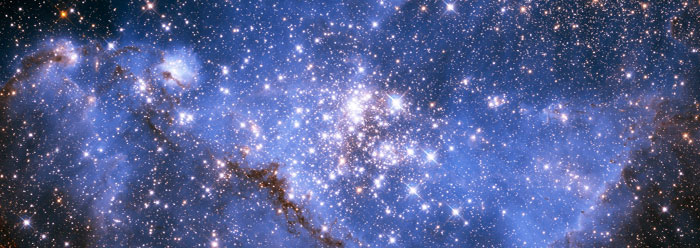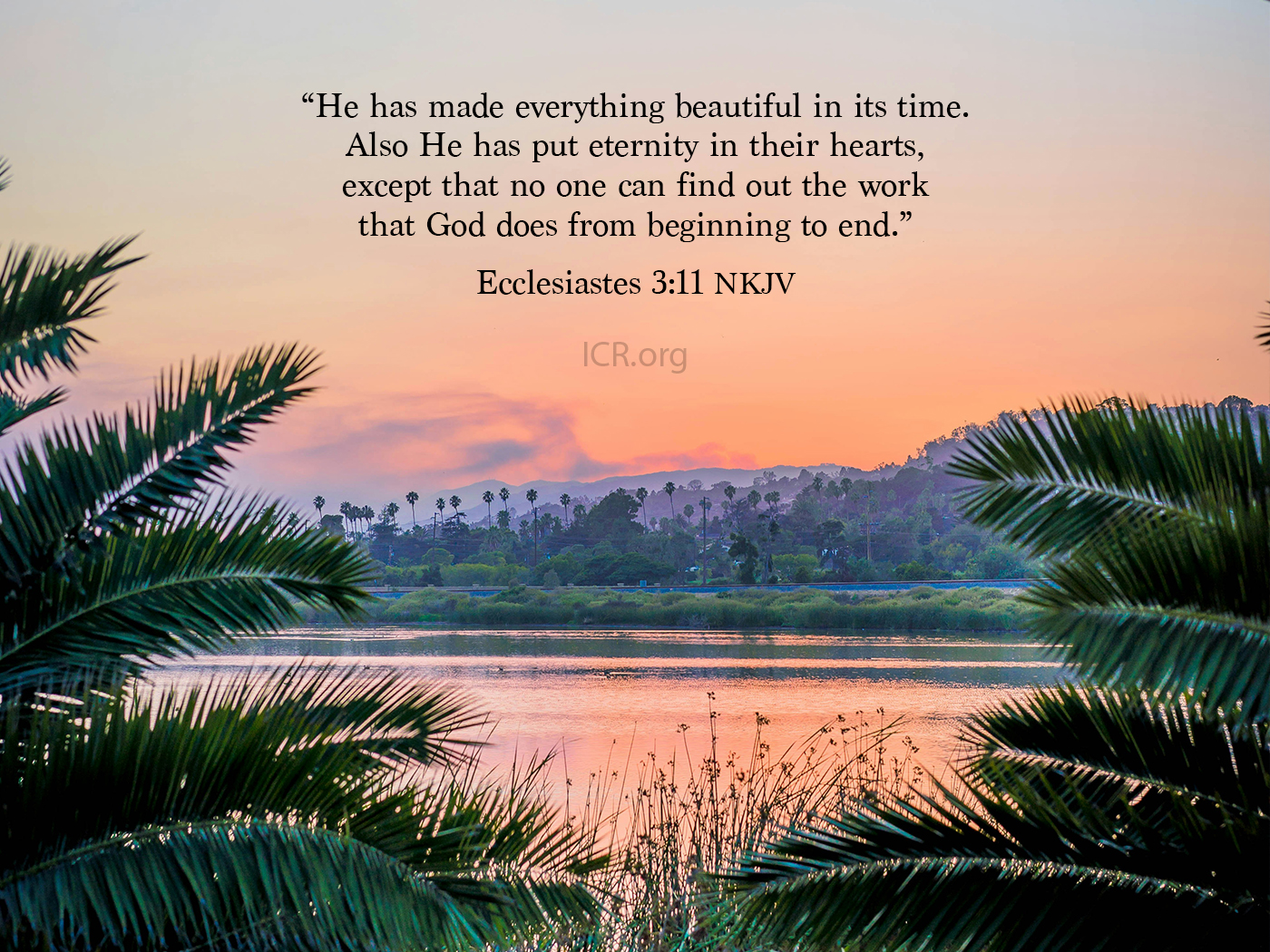When speculating about life in the universe, scientists need to be more realistic than Hollywood. In Star Trek, no matter where the actors land, they can walk around and breathe the air. That may be easier on directors, but for a surface to be habitable, there are physical requirements.
Astrobiologists limit their searches to regions around stars where liquid water can exist. Because liquid water is bounded by its freezing and boiling points, a "Goldilocks" zone neither too hot nor too cold must be found at particular distances from a star. Extending the inner and outer radii in the orbital plane produces a ring-shaped region called the Continuously Habitable Zone, or CHZ. Under-surface oceans may exist on some planets or moons, but surface life must be in the zone.
A paper in Icarus last August added a complication to the CHZ concept. Earlier estimates overlooked the hazards of ultraviolet light. Highly-ionizing UV radiation rapidly destroys organic molecules. Many massive stars output prodigious amounts of UV. This cuts down on the number of candidate stars. Of twenty-one extrasolar planets studied, only five had an overlap between the UV-safe zone and the CHZ, where life could exist.
Smaller stars have a different problem: a much narrower CHZ. The zone is also closer in, meaning that any planet lucky enough to fit in the zone would become gravitationally locked to the star, with one hemisphere always facing the star, overheating, and the other hemisphere facing away, forever freezing. It is unlikely life could survive except along a very thin longitude near the terminator (the boundary between light and darkness). This means that life is highly improbable except around sun-like stars, a mere 5% of all stars.
Further complications arise when considering a star's host galaxy. Conditions too close to the center are exposed to hazardous radiation levels; too far out lack the heavy elements required for life. This means there is also a Galactic Habitable Zone (GHZ) to consider. Having a zone defined, of course, does not mean an earth-like planet will be present.
Astronomers continue to find extra-solar planets at an accelerating clip. Upcoming missions like the Terrestrial Planet Finder (TPF), Kepler, and Space Interferometry Mission (SIM) may one day succeed in finding an earthlike planet around another sun-like star. Spectral analysis may even be able to infer the possible presence of life from certain "biosignatures" such as gas ratios unexpected from geological or atmospheric processes alone. Given the vastness of space and the number of stars in the "cosmic lottery," astrobiologists are not discouraged at the prospects for life, even with few suitable zones.
What does this mean for Biblical creationists? The Bible does not specifically rule out some kind of life on other worlds. Many Christian thinkers have speculated about it. In the eighteenth century, in fact, the majority thought it foolish to deny it. Now that we have the means, searching for data to replace speculation is a good thing that Christians should welcome. A day of evidence is worth a millennium of conjecture.
*David F. Coppedge works in the Cassini program at the Jet Propulsion Laboratory.
Cite this article: Coppedge, D. 2007. Habitable Zones. Acts & Facts. 36 (4).














